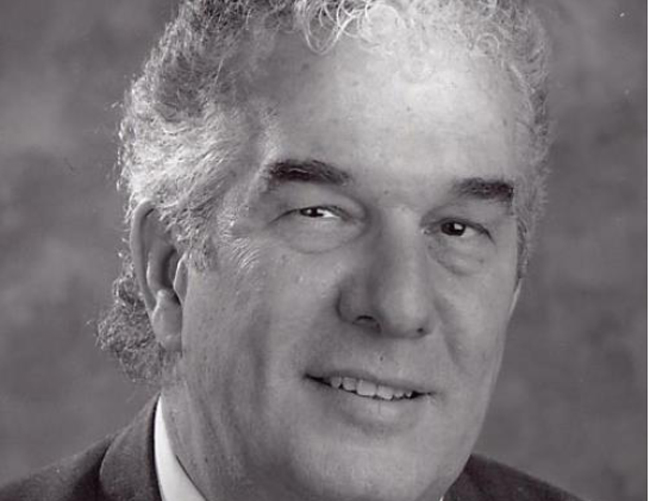Stolen sisters – silent screams? Missing and Murdered Indigenous Women: The story continues

By Beverly Sabourin and Peter Globensky
A good friend of ours responded to our last article on Missing and Murdered Aboriginal Women – The Tragedy Continues. His intercession was as thoughtful as it was provocative and his questions line-drive unhindered to one of the central causes underlying this malignant issue. Our friend wrote “Are these women missing or killed because they are Aboriginal, or because they were in dangerous circumstances? I mean, maybe they were in dangerous circumstances because they were Aboriginal, but that’s not the question I’m asking. If white women, or black women, for example, found themselves in exactly the same circumstances, would they be just as likely to turn up missing or murdered? Are Aboriginal women actually being targeted, or are they targets of opportunity?”
In crafting our response to these questions, it reminded Bev of an event that had happened to her when, as an Aboriginal teenager, she was a student at one of the local Thunder Bay High Schools. In one of her classes she had the misfortune of sitting in front of two testosterone jocks who, knowing that Bev was Aboriginal, taunted her by not so quietly boasting about their sexual escapades with a “squaw” (as derisive a name as the “N” word is to African-Canadians) they had connived into their car the evening before. Then one of the dimmer bulbs had the misplaced temerity to ask Bev since she was a squaw herself, if she would like to come out that evening and mess around. Very uncharacteristically Bev immediately turned around, swore, telling them where they could shove their car, and then with a closed fist, clocked the aggressor sitting closest to her!
So how does this story respond our friend’s questions? It goes directly to the heart of the matter and the heart of his questions: “If white women, or black women, for example, found themselves in exactly the same circumstances, would they be just as likely to turn up missing or murdered?” Most likely they would – especially if the sexual aggressions and assaults were based on prevalent preconceptions and stereotypes among males at the shallow end of the gene pool that these women, as a group – be they Aboriginal, or of any colour were seen as easy targets because they are destitute, alone, prone to alcohol abuse, drug- addled and more than willing to sell their bodies for a few dollars. These attitudes are the constructs of racism and sexism both of which always exude and manifest themselves in the assumption of superiority. And superiority dominates! What would have happened to Beverly if her own circumstances were considerably different, and cowed by these bullies, “this quiet little squaw just went along for the ride”?
Rather than attempting to understand why Aboriginal women as a group may be more prone to the social ills which plague any impoverished people, they are targeted because they are impoverished and Aboriginal.
Some have questioned the wisdom of engaging in the process of a national inquiry into missing and murdered Aboriginal women. After all, it is suggested, look at what happened to the recommendations emanating from the Royal Commission on Aboriginal Peoples. Many of them still languish under a moldering shroud of dust and mouse-droppings. Perhaps this is exactly why we need another expose into the rampant poverty and neglect which produces so many female Aboriginal “targets.” Others like the Harper government continues to parrot these “cases” as purely criminal matters exclusively within the purview of police departments, displaying its trademark lack of compassion towards complex social issues it chooses not to understand, and growing increasingly stale from a famine of imagination and curiosity.
This is precisely why we need a national inquiry – to expose the extent and complexity of the web of connected and interrelated social issues which underlie the missing and murdered and to then develop a comprehensive series of measurable and accountable objectives to begin to rectify this ongoing disgrace – this national tragedy that continues to diminish us all as Canadians.
Beverly Sabourin, recently retired as the Vice-Provost of Aboriginal Initiatives at Lakehead University, is a member of the Pic Mobert Ojibwe. Peter Globensky is a former senior policy advisor on Aboriginal Affairs in the Office of the Prime Minister and recently retired as CEO of the Canadian Council of Ministers of the Environment. They invite your comments at basa1@shaw.ca


